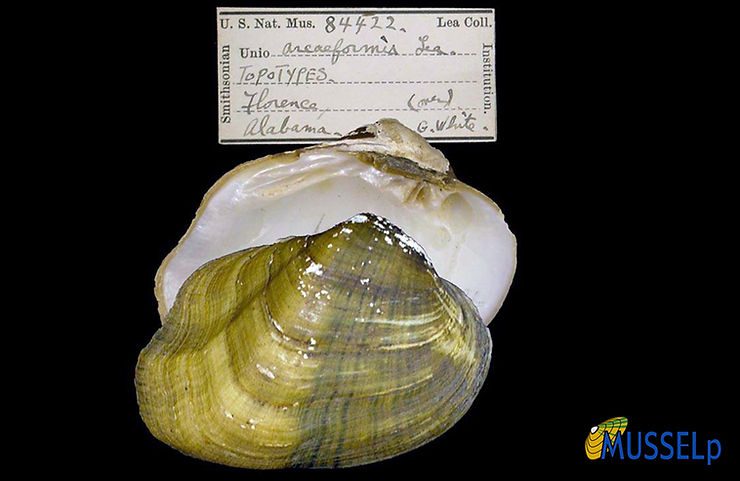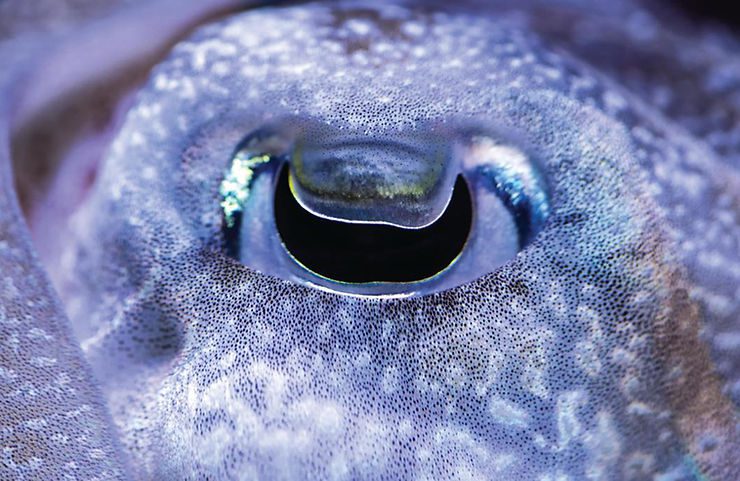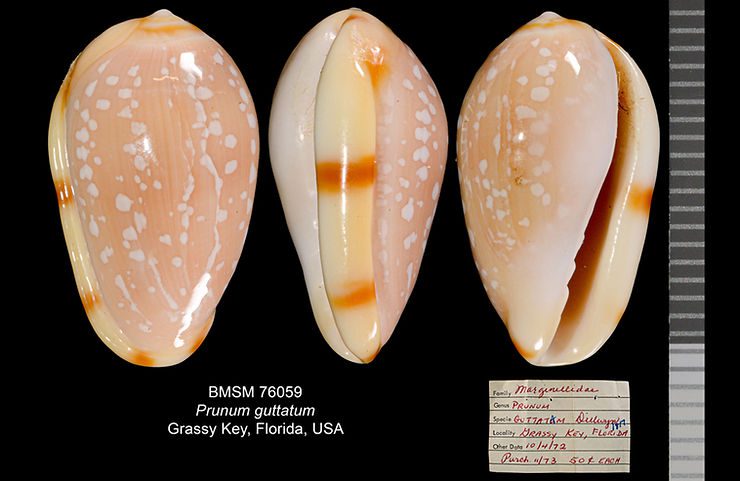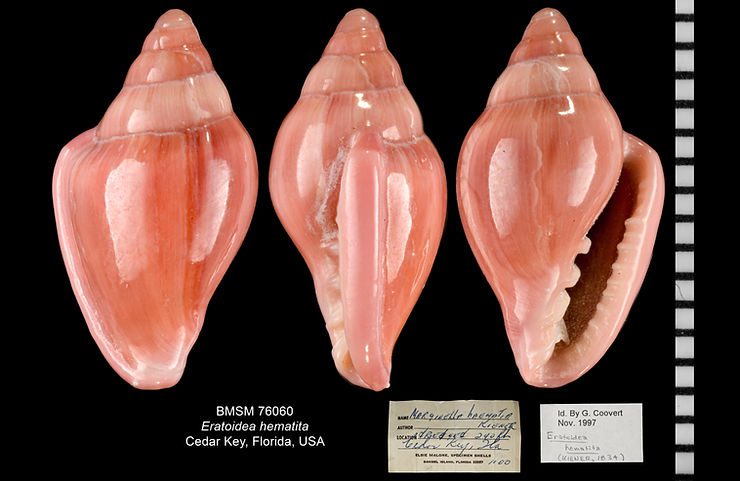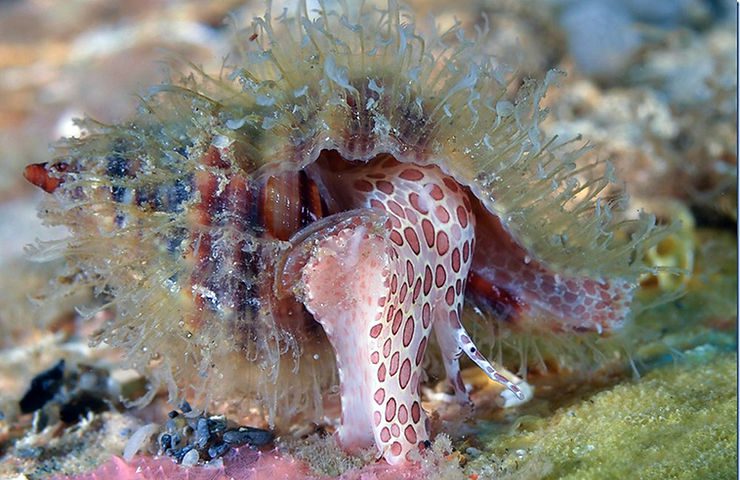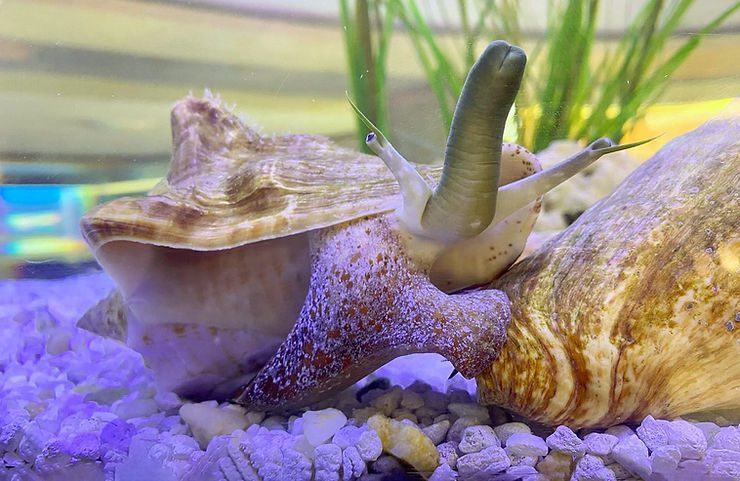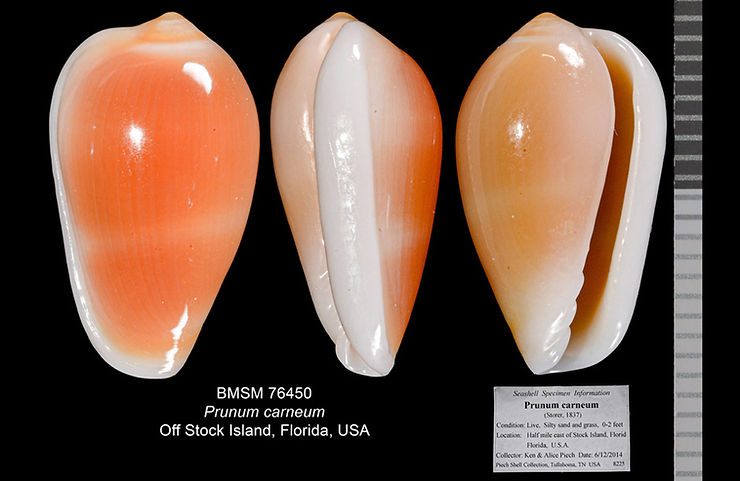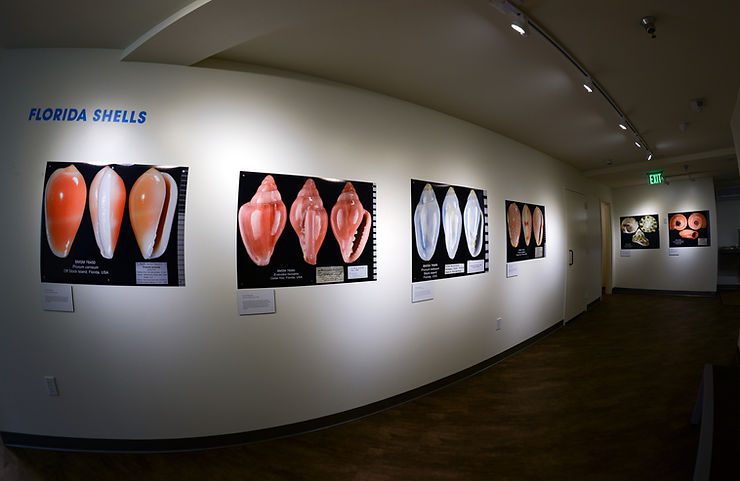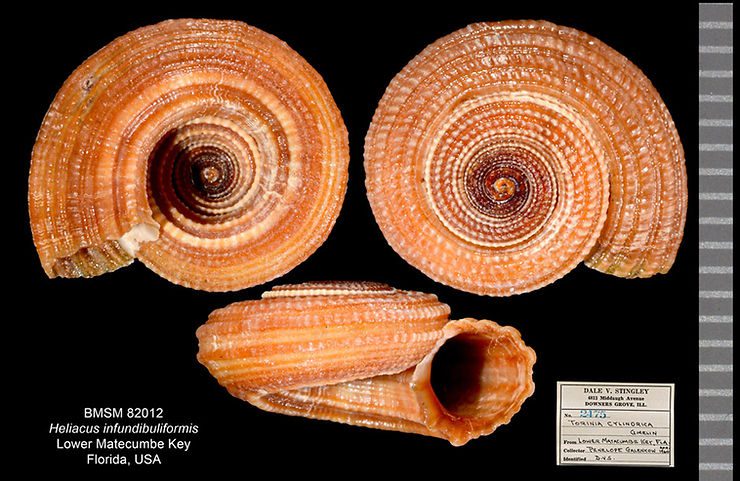
Shell of the Week: The Channeled Sundial
Heliacus infundibiliformis (Gmelin, 1791) reaches 15 mm (about 0.6 inch). It has a “flattened” shell and a wide umbilicus (opening on shell base) and may reach about 15 mm (about 0.6 inch). The entire shell sculpture consists of beaded spiral cords. Sundials are usually associated with soft corals, and the Channeled Sundial is no exception. The species is found from the coast of Southeast Florida to the southern Caribbean. (A large reproduction of this illustration is displayed in the In Focus e
